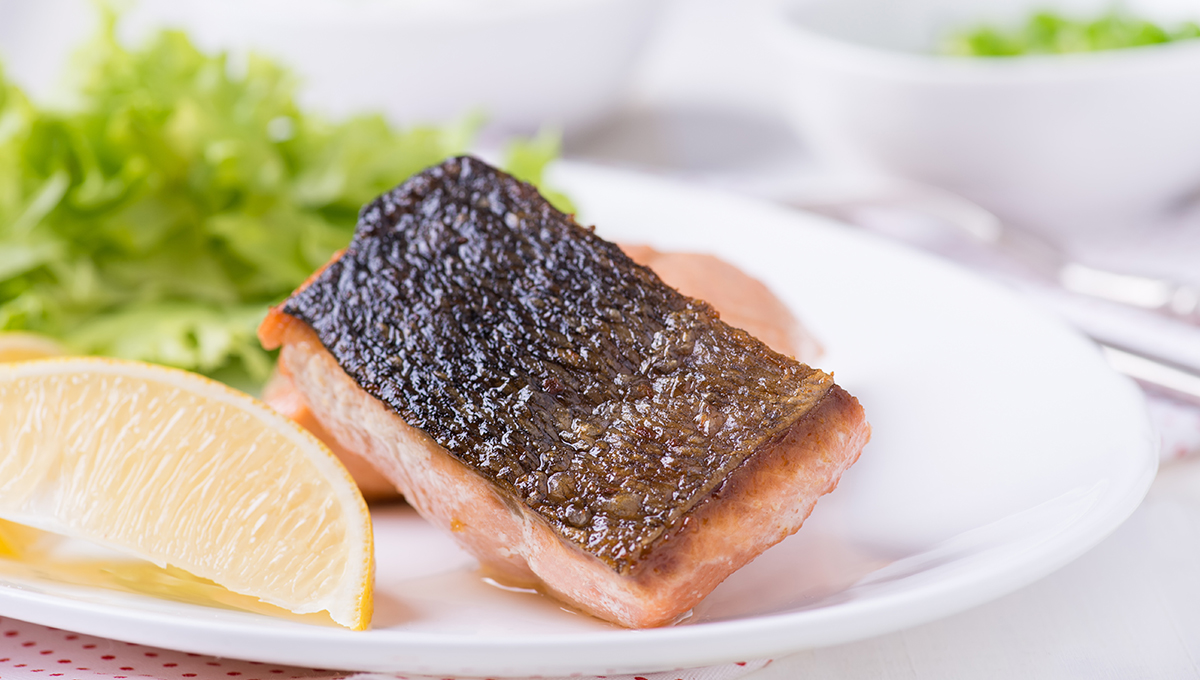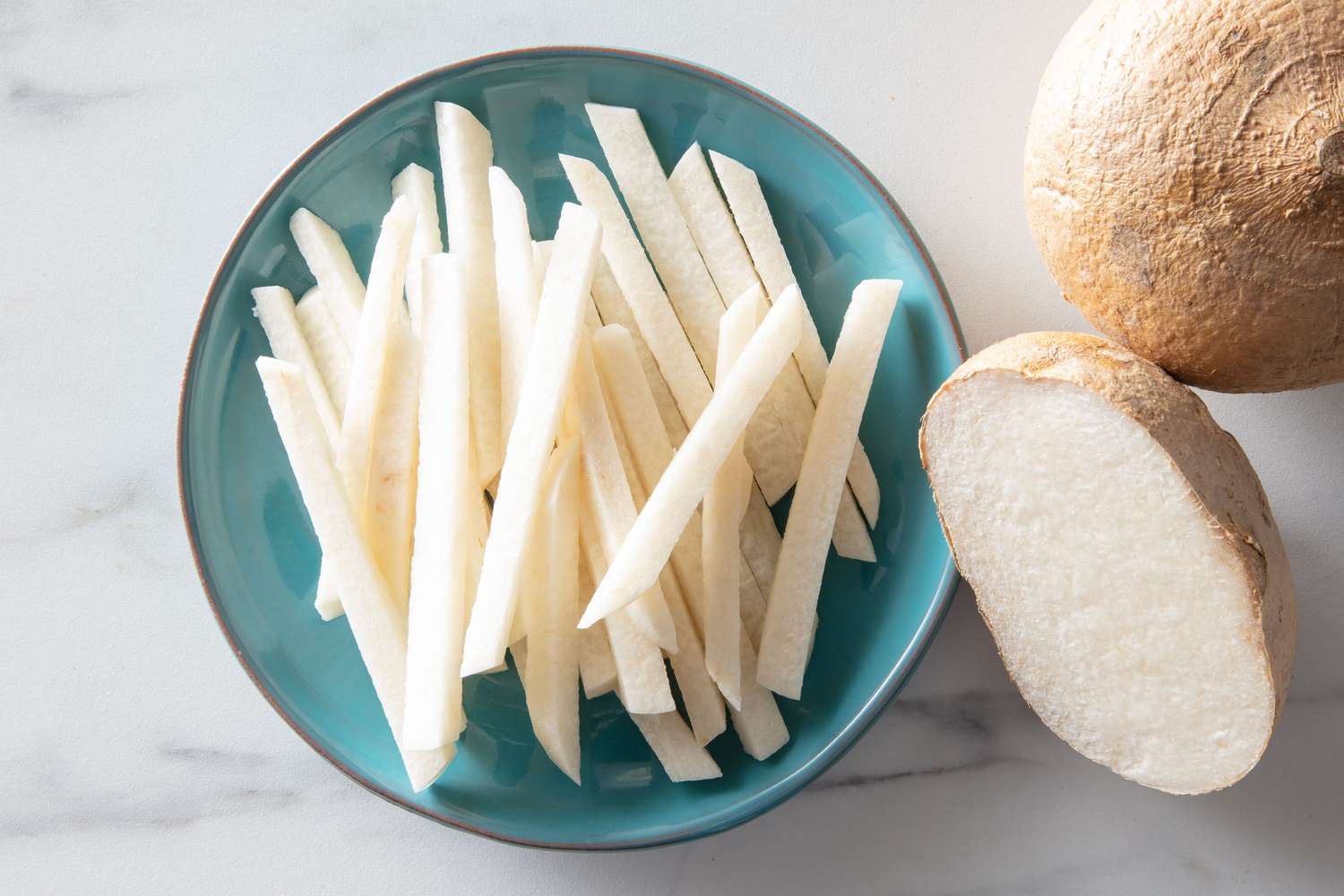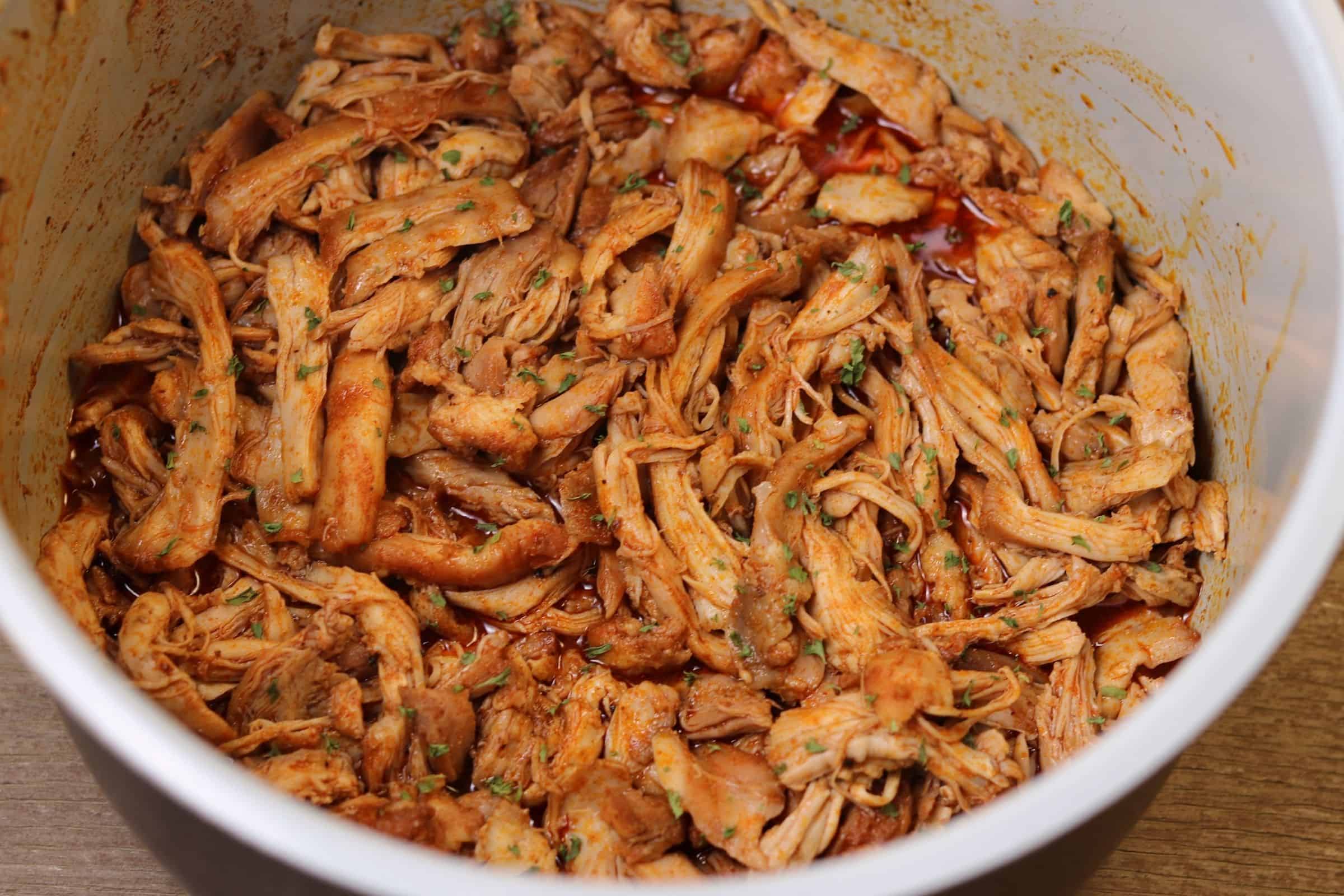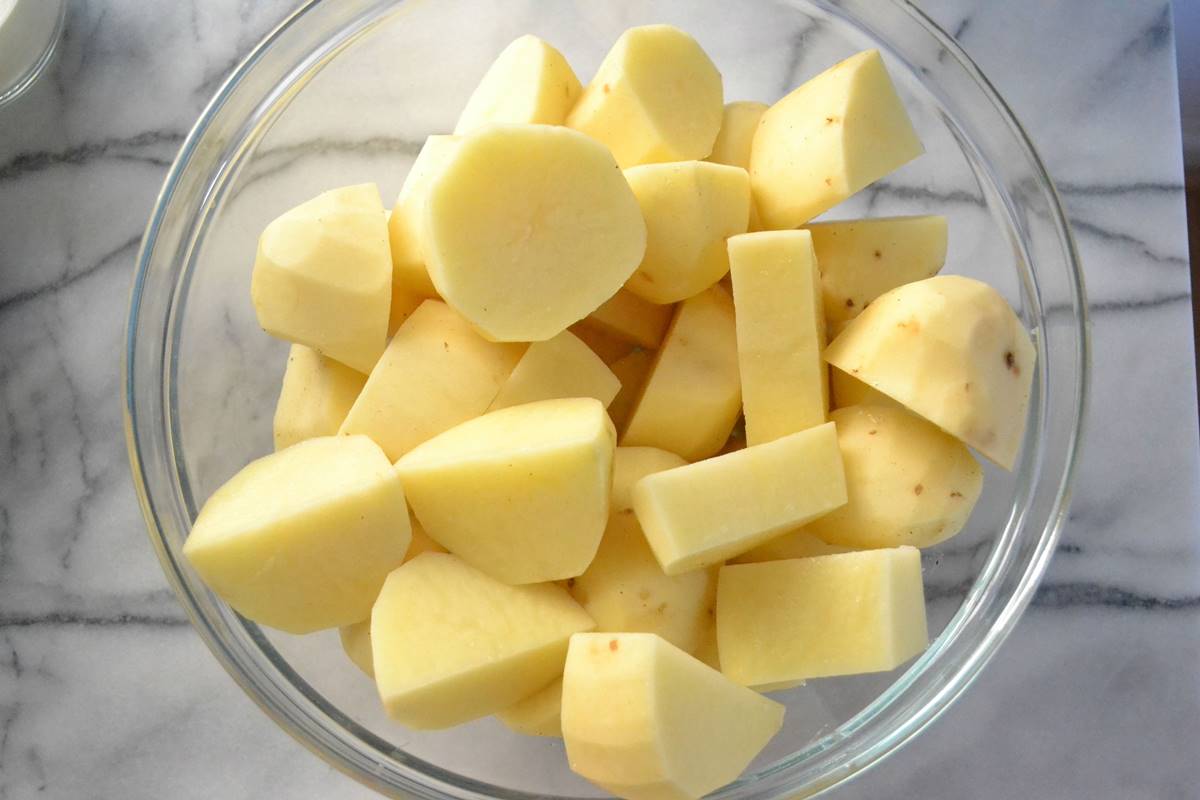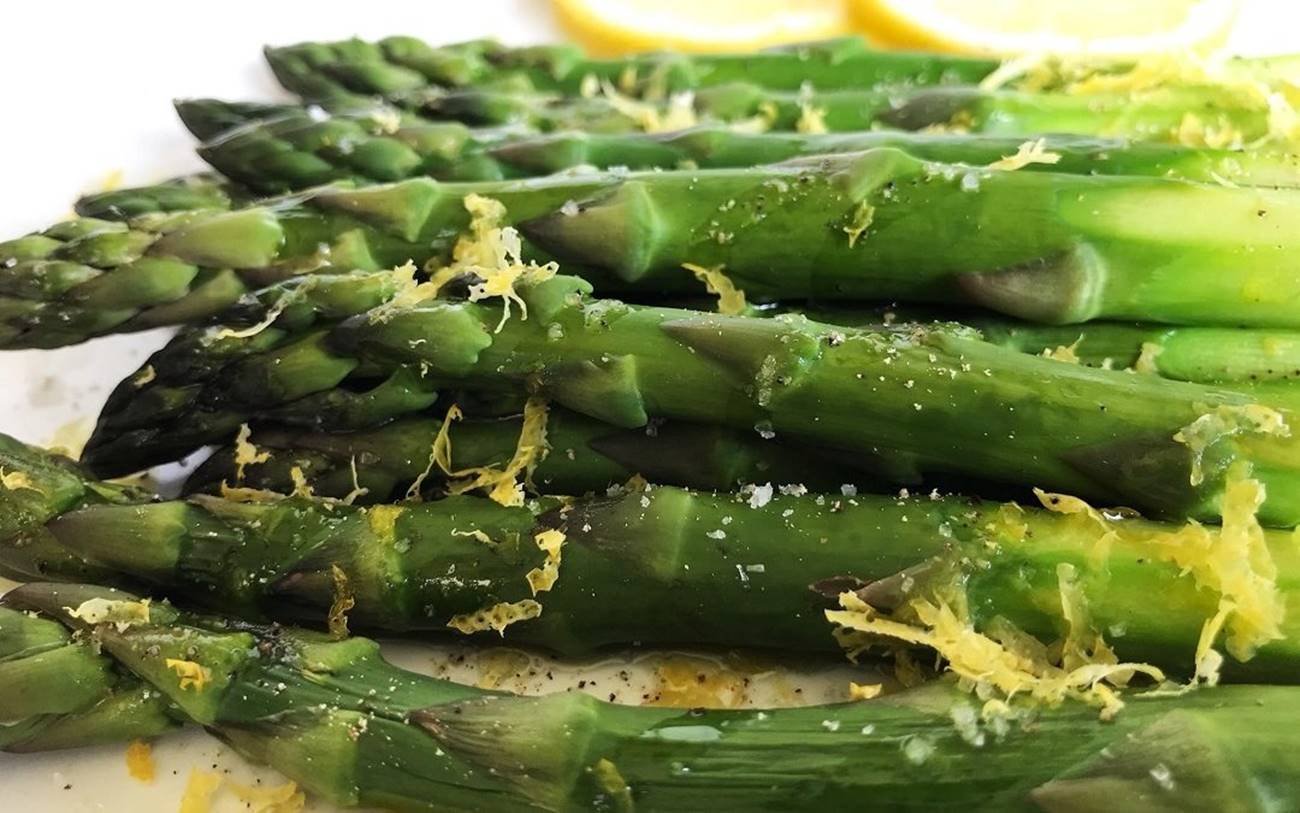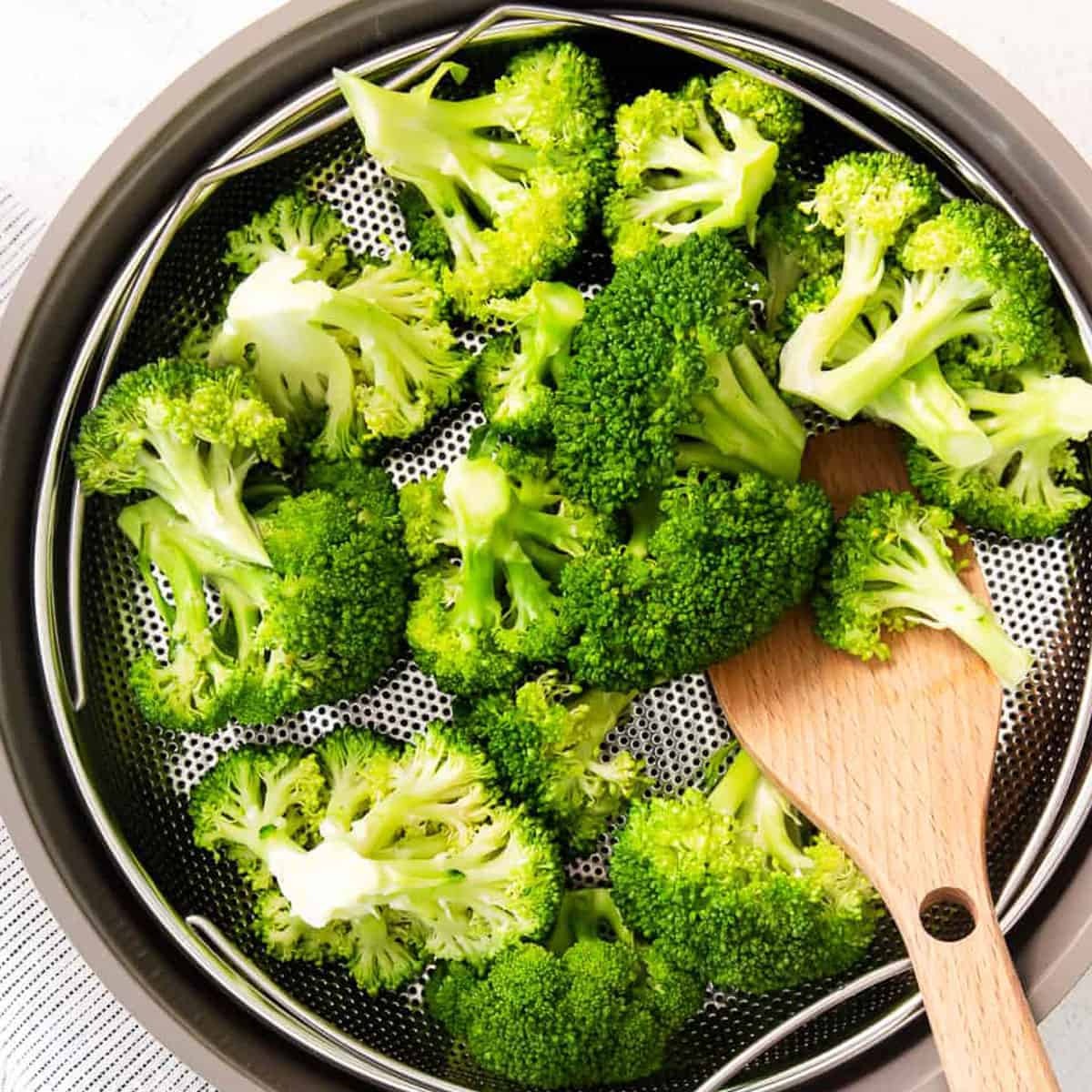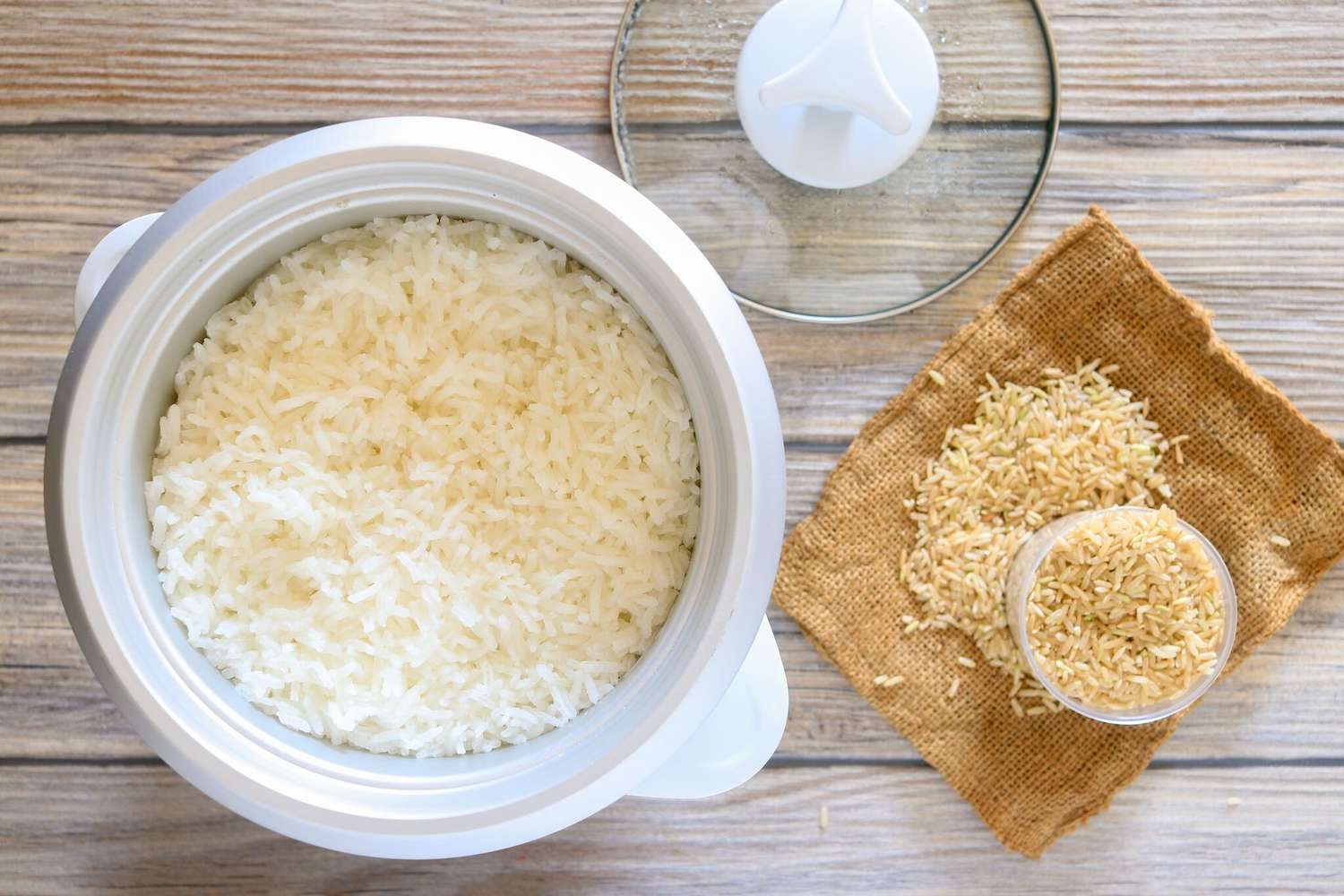How To Cut Acidity In Food
Acidity can add a tangy and vibrant flavor to our favorite foods. However, excessive acidity can overpower other flavors and create discomfort for some people, especially those with sensitive stomachs. If you find yourself with a dish that’s a bit too acidic, don’t worry! There are several simple ways to balance the acidity and bring harmony back to your taste buds. In this article, we’ll explore effective strategies to cut acidity in food while maintaining delicious flavors.
1. Add Dairy Products
Dairy products, such as yogurt, milk, or cream, can work wonders in reducing the acidity of a dish. The proteins in dairy help neutralize acids and bring a creamy balance to your meal. Consider adding a dollop of yogurt to curries, sauces, or soups to mellow out the acidity. If you prefer a richer option, a splash of cream or a drizzle of milk can achieve similar results.
2. Use Baking Soda
Baking soda is a kitchen superhero when it comes to battling acidity in food. It works by actively neutralizing acidic compounds, making it an excellent option for acidic ingredients like tomatoes. To use baking soda, dissolve a small amount in water and add it to your dish gradually. It’s essential to be cautious with the quantity, as too much can alter the taste and texture of the food.
3. Incorporate Sweetness
Sweetness is an effective counterbalance to acidity. By introducing a touch of sweetness to your dish, you can greatly reduce the perception of acidity. Consider adding natural sweeteners like honey, maple syrup, or brown sugar to sauces, marinades, or dressings. Along with cutting acidity, this will also impart a delightful complexity to your culinary creation.
4. Add Some Fat
Fat can go a long way in taming acidity and rounding out flavors. Adding a bit of olive oil, butter, or avocado to your dish can help attenuate the sour notes. This method is particularly useful for acidic ingredients like citrus fruits or vinegars. Be mindful of the amount of fat you add, as too much can overwhelm the dish.
5. Utilize Fresh Herbs
Fresh herbs are not only packed with aromatic flavors, but they can also help cut acidity in food. Herbs like basil, parsley, mint, and cilantro can provide a refreshing and balancing effect. Additionally, they add brightness and complexity to dishes, making them more enjoyable to eat. Consider incorporating these herbs into your recipes as a natural way to combat acidity.
6. Dilute with Broth or Stock
If you find that your soup or sauce is overly acidic, incorporating broth or stock can help dilute the acidity without compromising the overall taste. The addition of liquid will balance out the flavors and create a more harmonious culinary experience. Use vegetable, chicken, or beef broth depending on your preference and the recipe requirements.
7. Give It Time
Patience can be a key factor in reducing acidity in certain food preparations. Sometimes, simply allowing the dish to sit for some time can help the flavors meld together and mellow the acidity. This is particularly effective for acidic dishes like pickles or fermented foods. Give the flavors time to develop, and you may find that the acidity becomes more balanced over time.
With these helpful strategies, you can now confidently tackle excess acidity in your favorite dishes. Remember, finding the right balance is essential, as a slight adjustment can significantly transform the overall taste. Experiment, trust your taste buds, and enjoy the journey of creating perfectly balanced and delicious meals!
Was this page helpful?
Read Next: How To Cook Chicken Tenders In The Oven
